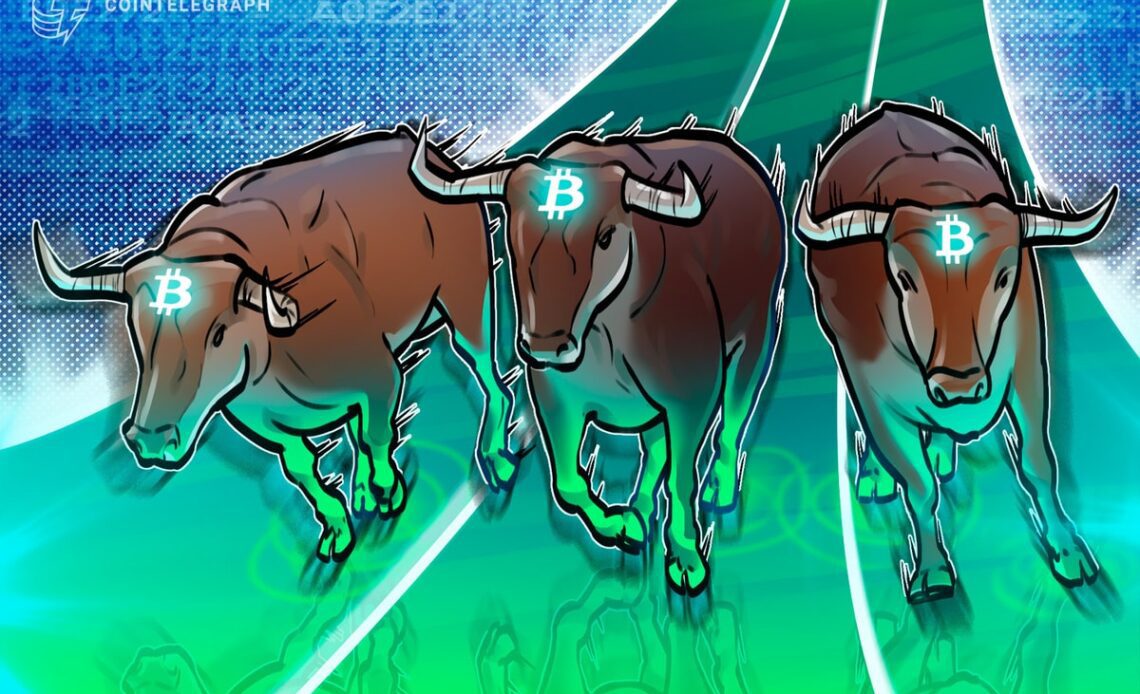The long-awaited “crypto spring” may be upon us as Bitcoin (BTC) and other cryptocurrency markets rise in anticipation of a full-on bull market.
Over the recent crypto winter, many different projects have been growing, gaining users and building new networks. Some of these, like Polygon, are layer-2 (L2) solutions to help scale the primary protocol, Ethereum. But what are the implications of L2s? Are they a better protocol to build on or invest in? Are other layer 1s (L1s) doing anything to stay competitive?
These questions and more are the focus of a new report from the Cointelegraph Research Terminal. The report looks at up-and-coming projects in the cryptoverse, as well as case studies for L1s like Avalanche and Hedera and how they compare to the new tech that is on the rise.
Download the report on the Cointelegraph Research Terminal.
Cointelegraph’s “L1 vs. L2: The Blockchain Scalability Showdown” report is a primer to why scaling solutions are necessary for the shortcomings of L1s. The report provides explanations of what is currently going on in the world of scalability solutions to bridges and projects that focus on interoperability.
Layer-1 blockchains, such as Bitcoin and Ethereum, are base protocols that can be used in conjunction with third-party layer-2 protocols and are also known as mainnets or primary chains.
A layer-0 (L0) protocol allows developers to combine elements from different L1 and L2 protocols while retaining their own ecosystem to heighten interoperability.
L2 protocols enable thousands of low-value transactions to be processed after validation on parallel blockchains, with records then being transferred to the main blockchain or mainnet to ensure they are immutably recorded. This report will help get the reader ready for “crypto summer” with all the information and insights to make better-informed decisions.
Gas fees are just the start
As veterans in the blockchain space know, Ethereum gas fees have been a significant issue, sometimes costing users more in the Ether (ETH) transaction cost (measured in gwei) than the value of the underlying asset. As the chart below shows, the price of transactions on Ethereum can fluctuate dramatically, leaving users with an unpredictable experience that can hurt further adoption.
This sparked the creation of solutions to combat the issue, as well as increased scalability, including transactions per second (TPS), interoperability and ease of user experiences for developers and…
Click Here to Read the Full Original Article at Cointelegraph.com News…
























